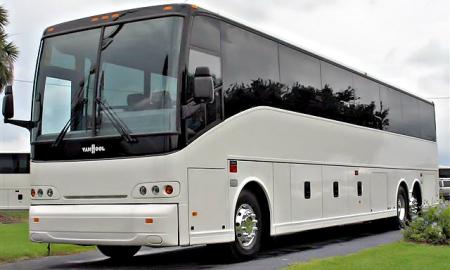Image Credit
Maybe you’ve been to a foodie festival somewhere and felt inspired to set up such a venture yourself? The great thing with the popularity of independent purveyors of creative foods, you can set up a pop-up shop at a food festival… and in the space of a weekend, you could very easily turnover several thousand dollars in profit..
In this article, we’re going to look at the four cornerstones of setting up a successful pop-up food business.
- A GOOD IDEA
The first thing you’re going to need is a good idea, and in this context, a “good idea” is an idea that fills a gap within the market. In this sense, you want to come up with something a little different and find a niche you can expand into.
Of course, there’s a risk that you might get your niche wrong, but this is where market testing comes in. If you come up with a really bizarre creation, some people will love it, but many people will be intrigued - yet not convinced - this is where samples come in.
That said, if you were to cater to an already prominent taste, such as the popularity of halloumi, crispy aromatic duck, and fillet steak, people’s interest will peak as it’s something they are familiar with but with a new take on it; such as a special sauce or toppings.
2. PERMITS
The majority of food vendors are required to undertake basic food hygiene training and if you intend to serve alcohol there’s a very good chance you will need to obtain a specific licence in order to do so; whether that’s a permanent licence or a temporary one-off licence.
It’s important you take these issues seriously, as without following the correct procedure, you’re likely to be shutdown, which could mean a huge financial loss, as you are unlikely to be reimbursed by the organiser. If you’re operating abroad, this is even more pertinent as the idea of not knowing about a particular law or regulation doesn’t tend to absolve you of the responsibility to adhere to it.
3. HEALTH AND SAFETY
As discussed above, food vendors are required to undertake basic food hygiene training, but in addition to this there are a variety of other things you can do to safeguard your customers in terms of the food you serve such as bacteriological sampling and ensuring you prepare foods in a special kitchen environment (which can be a challenge when setting up a pop-up food venue).
3. STORAGE
This one is easy to overlook, but there’s a good chance you’re going to need some form of large storage solution o store the items you require. Similarly, if you’re at a multi-day event, you might require refrigerated transport to ensure your food stays safe and fresh throughout the event.
Of course, you’re going to need more than a good idea, permit and some storage space, yet this article will hopefully get you thinking in the right direction about the fundamentals you’re going to need to run a successful venture.






